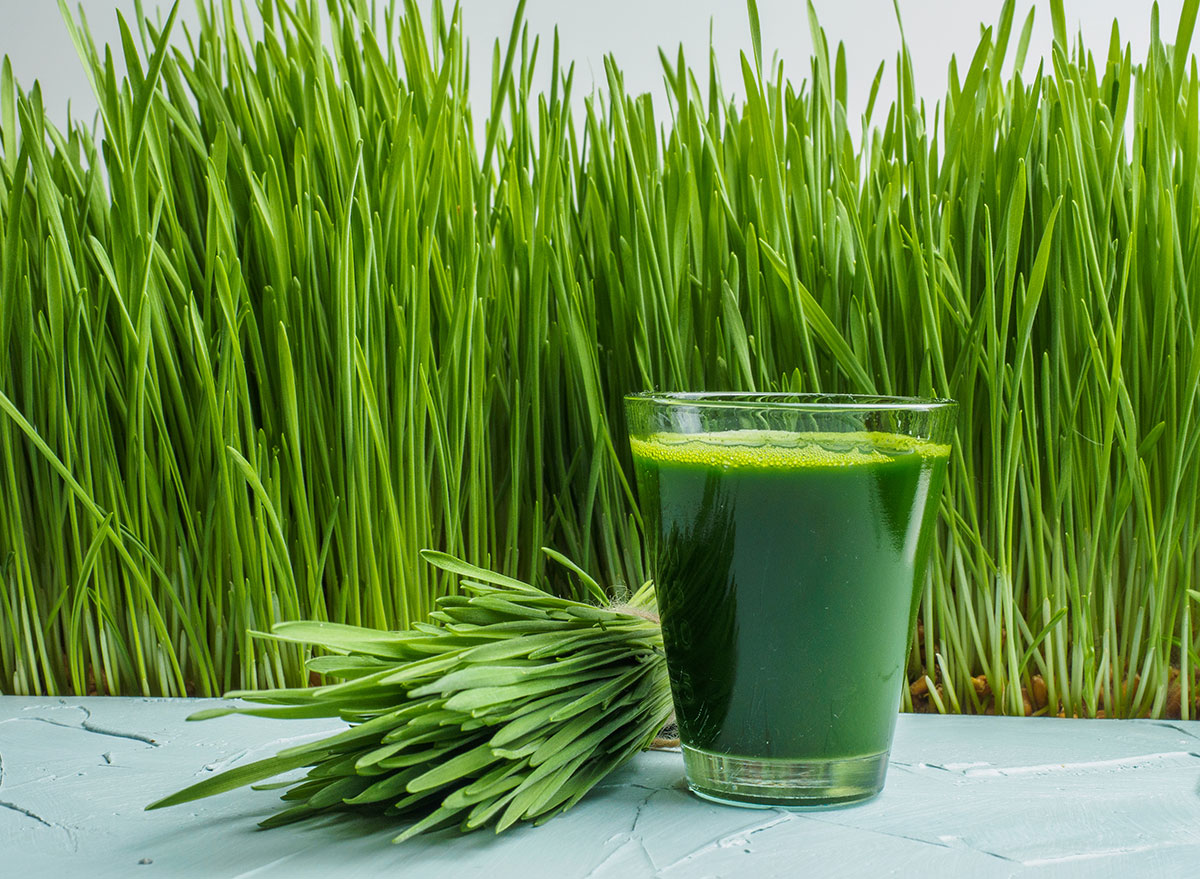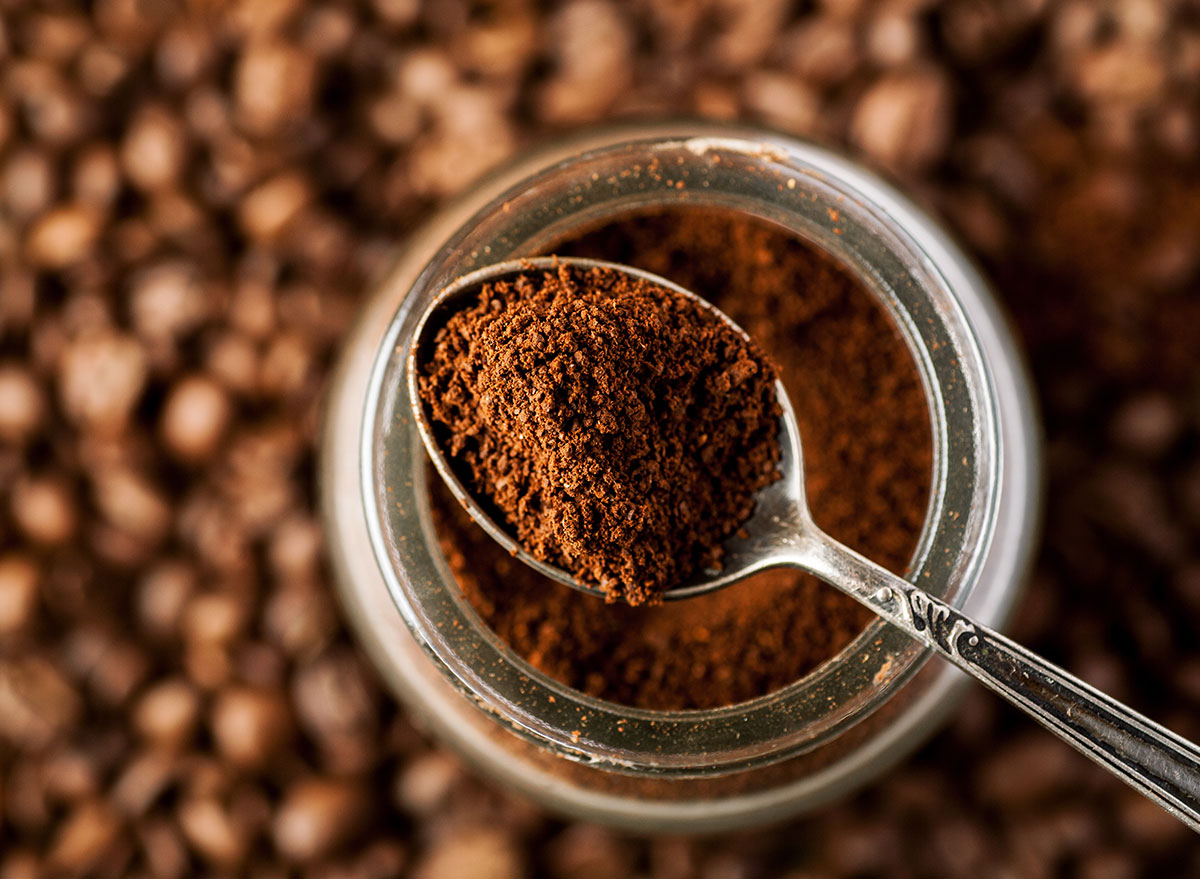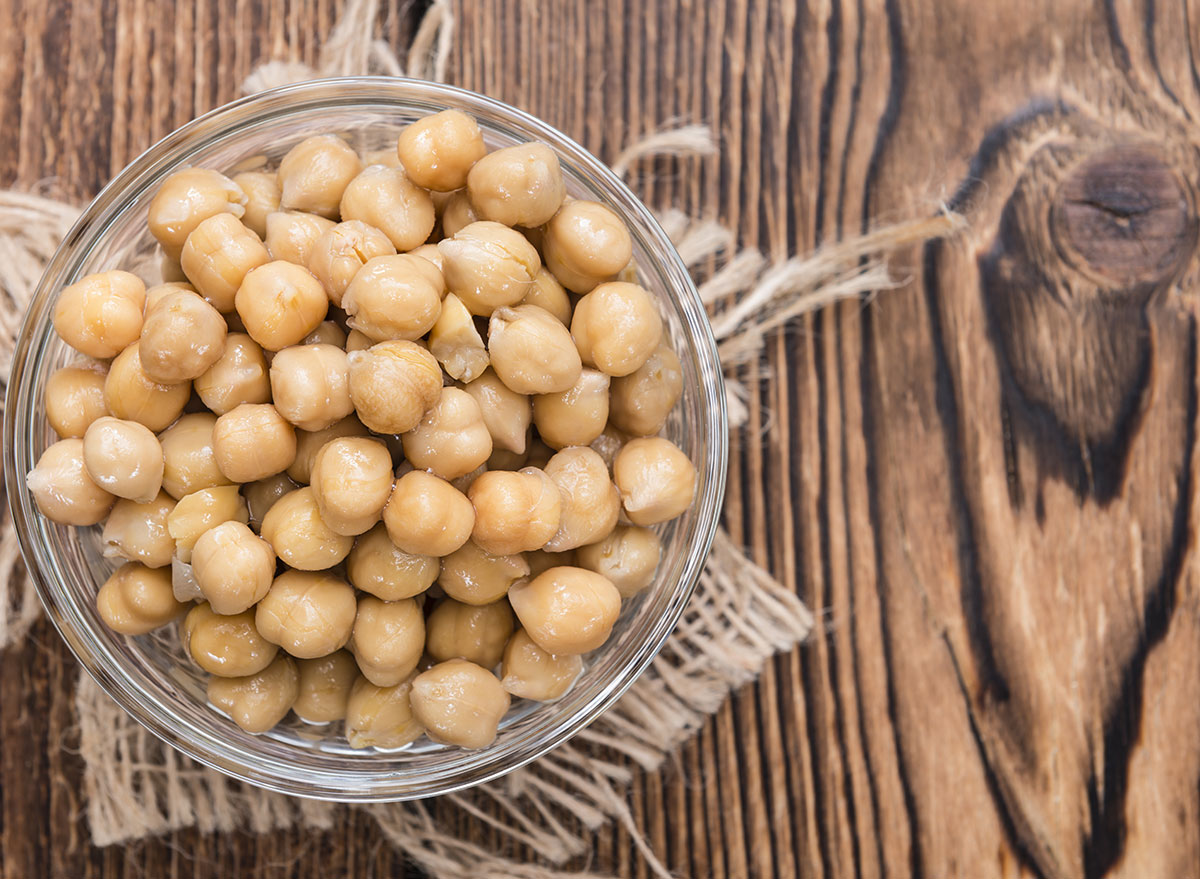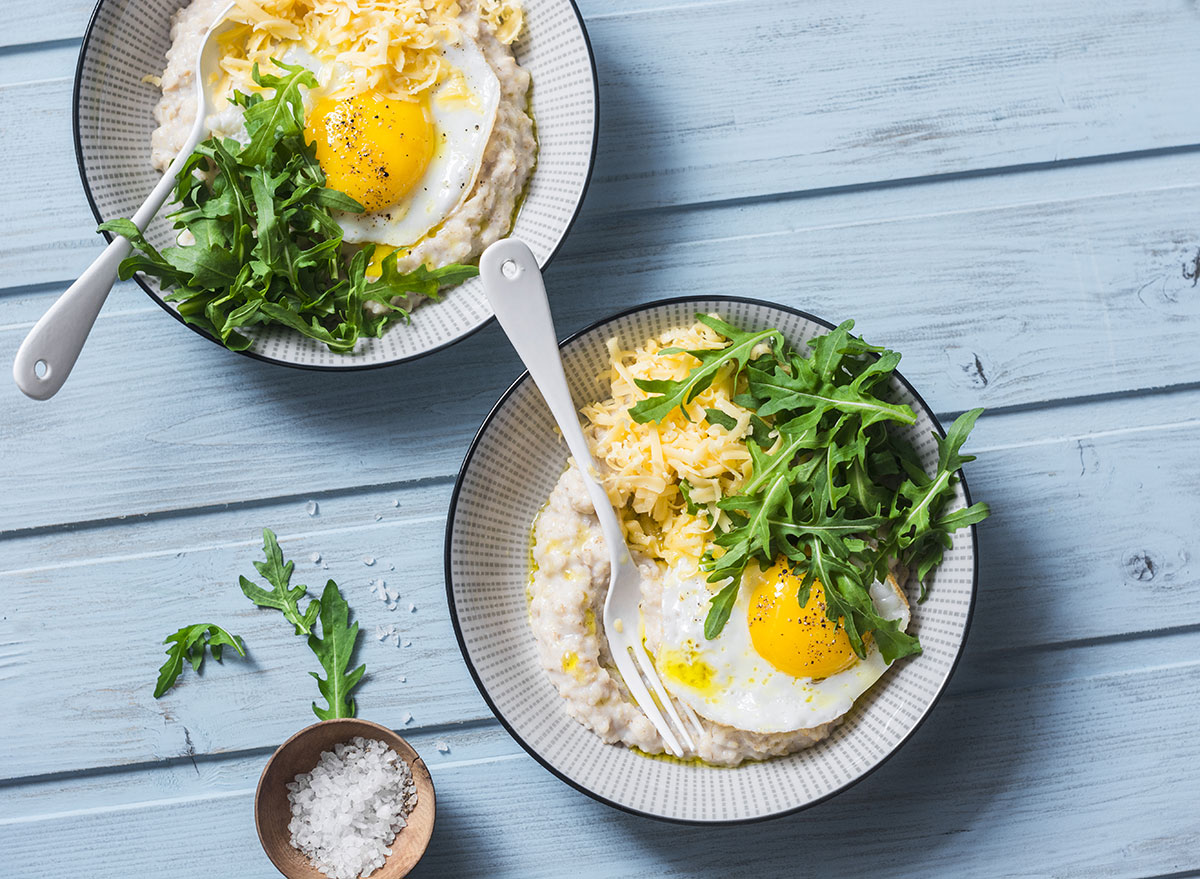No one knows how to reduce weight within 4 months
You must consume fewer calories each day than you expend to lose weight. That’s simple physics, and there’s no way around it.
There are several strategies for eating less without getting hungry, and they all fall into two categories: decreasing your appetite and making wiser food selections.
1. Easiest ways to control your appetite, make smarter food choices, and eat fewer calories
Count calories for one month.
You must be aware of how many calories you are ingesting in order to limit your eating, which requires counting them.
The way you accomplish that is by counting calories for one month. After a month, you’ll be pretty good at eyeballing calories, and can get by with estimating them, in conjunction with some of the other tips on this list.
Drink Water before meals
Since food contains water, your brain frequently creates hunger signals to encourage you to consume more water. The answer is as easy to implement as drinking a tall glass of water 10 to 20 minutes prior to each meal.
Use vinegar & spices
For sweet-smelling warmth, add cinnamon to everything from coffee and smoothies to chili. Like vinegar, cinnamon slows the rate at which food transits from your stomach to your intestine — this keeps you full longer, and helps prevent the post-meal slump.
Use exercise to suppress appetite
It has been demonstrated in numerous research that light to moderate exercise actually reduces appetite. In these studies, those who engaged in 30 to 60 minutes of daily exercise consumed 20 to 40% fewer calories than those who were inactive.
If you don’t like to cook, prepare food every day
Great if you enjoy cooking! Make wholesome food every day. Cook only twice a week if you don’t cook every day, don’t enjoy it, or don’t have much time. Cook enough food for 4–8 servings each time, then store the extras in Tupperware containers in your refrigerator.
Sleep 7-9 hours a night
If you’re like most people, your appetite is higher on days when you didn’t sleep well the night before. The reason this happens is because sleep deprivation causes your body to produce endocannabinoids- yes, it’s just like getting the marijuana munchies, except it isn’t remotely fun.
2. Use the apps that can help you to loose weight
Platejoy

- Price: $12.99 per month, or $4.99 for Healthline readers
- iPhone rating: 4.7
- Android rating: 4.5
PlateJoy is a meal planning app designed by dietitians.
It’s one of the most customizable meal planning apps, allowing you to set goals, such as weight loss, and even choose from several dietary patterns, like keto, dairy-free, paleo, and more.
It also allows you to filter out ingredients that you prefer to avoid and offers the option to set different portion sizes for each person in your household.
Using your responses from a brief questionnaire, the app creates a custom meal plan for you each week, including a curated grocery list.
You can replace recipes on the meal plan with others and can even enter your own recipes into the app to keep everything in one place.
The app also integrates with several grocery delivery services, allowing you to order your groceries online. What’s more, the app’s digital pantry lets you keep track of ingredients you already have on hand.
Pros
- suitable for a variety of dietary needs
- focuses on meal planning and healthy cooking
- customizable portion sizes
- suitable for families
Considerations
- requires a subscription
Noom

- Price: $59 per month or $199 per year
- Apple rating: 4.7
- Android rating: 4.4
Noom is a popular weight loss app that helps users lose weight by making sustainable lifestyle changes.
The app assigns a daily calorie budget based on answers to lifestyle- and health-related questions. It also factors in your current weight, height, sex, and weight loss goals.
While the initial calorie recommendation tends to be low, you can adjust it to a more appropriate and realistic number.
The Noom app allows users to track food intake using a database that includes more than 3.5 million foods. Users can also log their weight, their exercise, and other important indicators of health, such as blood sugar levels.
Pros:
- one-on-one coaching
- community group with group coach
- focuses on behavior modification
Considerations:
- can get expensive depending on which subscription you choose
- initial calorie budgets that may be too low
- may take a day or two to get a response from a coach
Fitbit app

- Price: free; optional subscription for $9.99 per month or $79.99 per year
- iPhone rating: 4.1
- Android rating: 4.2
Wearable activity trackers offer a convenient way to keep tabs on your exercise habits and stay motivated to move more (6Trusted Source, 7Trusted Source, 8Trusted Source).
Fitbit is a wearable technology company that offers a variety of fitness trackers and smartwatches to suit a wide range of budgets, style preferences, and health goals.
While some offer more high tech features than others, Fitbit products are designed to be used alongside the Fitbit app.
Pros
- automatic activity syncing from your wearable device
- food and water logging
- provides detailed data on your activity levels
- may allow you to track additional health data, such as heart rate and sleep
- ability to connect with friends and compete in challenges
Considerations
- Fitbit device required to access certain data, such as exercise, sleep, and heart rate
- subscription required to access more detailed health insights
GET STARTED AT Fitbit
3. Don’t skip breakfast
Skipping breakfast will not help you lose weight. You could miss out on essential nutrients and you may end up snacking more throughout the day because you feel hungry.
Cons
- Blood sugar levels drop.
- Metabolism slows down.
- Stress hormone levels increase.
- Increased risk of heart disease.
4. Eat high fibre foods
Foods high in fibre can help you feel satisfied, which is ideal for weight loss. Only foods made from plants contain fibre, including fruit and vegetables, oats, wholegrain bread, brown rice, pasta, beans, peas, and lentils.
5. Cutting back on sugar and refined carbohydrates
People should swap processed and sugary foods for more healthful options. Good food swaps include:
- whole-grain rice, bread, and pasta instead of the white versions
- fruit, nuts, and seeds instead of high-sugar snacks
- herb teas and fruit-infused water instead of high-sugar sodas
- smoothies with water or milk instead of fruit juice
6. Get physically active

“Not only should you modify your diet, but you need to increase your amount of physical activity,” says Dr. Calder. “If you’re not doing anything, you want to slowly increase your physical activity for a period of time and aim for the recommended amount of 150 minutes of physical activity per week. People say that in order to do physical activity, you have to have a gym membership, and that’s not true. You can do physical activity by doing household chores, mowing your lawn, watering, cleaning around the house, taking a walk. Any type of movement is physical activity. It doesn’t have to be going to a gym and getting on a machine.”
7. Try wheatgrass shots

Adding a shot of wheatgrass to your daily routine can have incredible benefits. According to Dr. Daryl Gioffre, celebrity nutrition expert and founder of Alkamind, wheatgrass is one of the most powerful foods on the planet and one of the most effective ways to detox and build your blood.
“It has a very high alkaline effect on the body,” says Dr. Gioffre. “One of the ingredients with major benefit in wheatgrass is chlorophyll, which has the ability to draw toxins from the body like a magnet. The reason why chlorophyll is so powerful is it’s basically the same molecular shape as your hemoglobin molecule (red blood cells), except for the center atom, where blood is iron and chlorophyll is magnesium.”
While Dr. Gioffre recommends a two-ounce shot at least once a day, you shouldn’t drink it like a tequila shot. Instead, he suggests taking a sip, swishing it in your mouth for 30 seconds, and then swallowing. Do that again and one more time until the entire shot is gone. You can even use some cinnamon as a chaser!
8. Cut back on caffeine

“I try to avoid excessive caffeine,” says Dr. Mamta M. Mamik, MD. “An adult can safely consume up to 400 milligrams of caffeine a day, which is equivalent to four 8-ounce cups of coffee. But drinking any more than that can cause calcium excretion, which, over time, may lead to osteoporosis. Avoiding excess caffeine also helps to ward off uncomfortable withdrawal symptoms like lethargy, insomnia, headaches, and irritability.”
9. Add chickpeas to your diet

“Chickpeas are, of course, a nutritional powerhouse, like most legumes. They are a good protein source, and I especially like turning to chickpeas for protein so I don’t need to eat meat,” says David L. Katz, M.D., M.P.H., F.A.C.P.M., F.A.C.P., founding director of the Yale University Prevention Research Center and author of Disease-Proof. “They have figured in the human diet since the very dawn of civilization, so they are a nice connection to our ancestral roots. And they figure as well in some of my favorite cuisines from the Middle East. I love good hummus!”
10. Eat more eggs

“[Eggs] have lots of high-quality protein, especially tryptophan,” says Robert Lustig, M.D., M.S.L., Professor Emeritus of Pediatrics, Division of Endocrinology at the University of California, San Francisco (UCSF). “Protein is satiating, and also you spend more energy converting it to a metabolite that can be burned, which aids in weight management. Eggs got a bad rap in the 1980s because of the cholesterol in the yolk. But it does not raise the small dense LDL, which is the atherogenic particle [the one that forms plaques in your arteries]. Eggs are great by themselves, with many different ways of preparation, or they can be added to foods easily.”
Conclusion: I hope these tips & tricks would be beneficial for you guys. The next part of this blog is on 30 days diet plan and that will come soon.
Author


